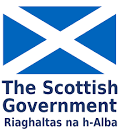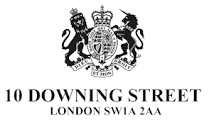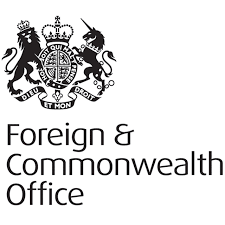PRESS RELEASE : Homelessness Statistics, 2021-22
The press release issued by the Scottish Government on 18 August 2022.
A National Statistics Publication for Scotland.
An annual update on Homelessness Statistics covering 2021-22 has been released by Scotland’s Chief Statistician.
Findings for that period show:
There were 35,230 applications for homelessness assistance – an increase of 944 (3%) compared with 2020-21, but still below pre-pandemic levels (37,060 in 2019-20).
There were 28,882 households assessed as homeless or threatened with homelessness – an increase of 840 (3%) compared to 2020-21, but still below pre-pandemic levels (31,612 in 2019-20).
There were 13,945 households in temporary accommodation at 31 March 2022 – a 4% increase compared with 13,359 at 31 March 2021. This compares to 11,665 at 31 March 2020.
The number of children in temporary accommodation has increased to 8,635 in March 2022 from 7,385 in March 2021 (17%). This compares to 7,280 at 31 March 2020.
There has been an increase in those becoming homeless from a private rented tenancy – 15% compared with 11% in 2020-21, almost reaching pre-pandemic proportions of 16% (2019-20). One contributory factor is likely to be the end of the ban on evictions imposed by emergency COVID-19 legislation, which was lifted on 17 May 2021.
There has been a decrease in rough sleeping, with 2,129 households reporting rough sleeping during the previous three months and 1,304 the night before the application. Both of these are the lowest in the time series (since 2002-03).
Homelessness applications that closed in 2021-22 which used temporary accommodation spent 207 days in temporary accommodation on average. This increased from 204 days in 2020-21 and 187 days in 2019-20.
There were 690 instances of households not being offered temporary accommodation. This is an increase of 16% compared to 2020-21 but a decrease of 85% compared to 2019-20. Almost all of these (670) were in Edinburgh.
82% of households assessed as unintentionally homeless secured settled accommodation in 2021-22, increasing from 80% in 2020-21, more in line with pre-pandemic proportions (83%).
It took an average of 256 days to close a case for homeless households in 2021-22, similar to 255 days in 2020-21, but greater than 225 in 2019-20.
Of the 28,882 homeless households: 63% of applicants were aged 25 to 49; 67% were single person households; 85% of applicants were of White ethnicity; and 52% of applicants had at least one support need.
Background
The Homelessness in Scotland: 2021-22 publication presents information on local authority homelessness applications, assessments and outcomes in the period from 1 April 2021 to 31 March 2022, and places it in the context of longer term trends. It also provides data on the number of households in temporary accommodation throughout the same period.
Prior to 2020, there had been little change in the trends in homelessness since 2013-14. However, these have inevitably been disrupted by the COVID-19 pandemic. This resulted in larger than usual changes between years, as well as shifts in the direction of trends in some cases. The previous six-monthly update indicated a return of some of these trends to be more in line with what was experienced pre-pandemic. For that reason, the publication focuses on comparisons not only with 2020-21 but also 2019-20.
Trends appear to be returning to, or towards, pre-pandemic levels. COVID-19 impacted homelessness in the following ways: reported decreases in applications due to stay-at-home guidelines and extended eviction notice periods; cases remaining open for longer due to a limited ability to move households in to permanent accommodation due to lack of supply and ability to conduct repairs or viewings; greater use of temporary accommodation from existing applicants who had previously turned down an offer but who then required it. Local authorities have reported the ongoing effects of COVID-19, in particular high levels of backlogs due to the increased use of temporary accommodation during the pandemic. These backlogs have more recently been further exacerbated by a shortage of tradespeople and building materials, as well as the increased cost of materials to turn around empty properties. This will impact 2021-22 figures.
Official statistics are produced by professionally independent statistical staff – more information on the standards of official statistics in Scotland is available on the Scottish Government website.



